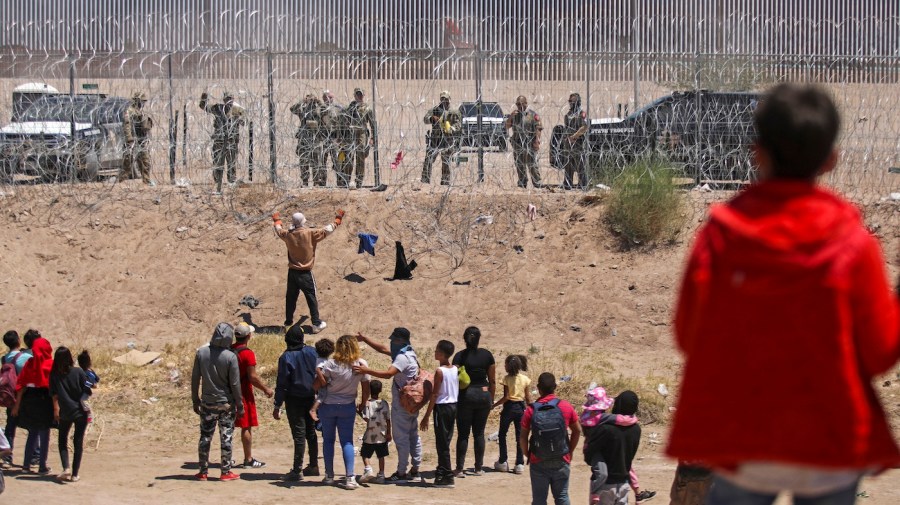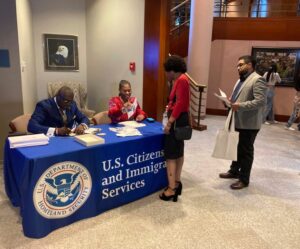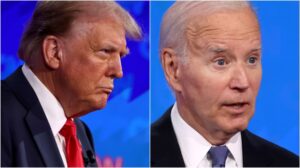Southern border numbers follow labor market: Study


Migration flows to the United States ebb and flow in parallel to the country’s labor market tightness, according to an analysis of economic and border encounter data by the Center for Global Development.
According to the study, there’s a strong correlation between the number of jobs available per unemployed person — market tightness — and border encounters as reported by Customs and Border Protection (CBP), leading to the conclusion that “pull factors, represented by the tightness of the US labor market, are a significant determinant of the number of border crossings on the U.S. Southwest border.”
That conclusion runs contrary to a national political narrative that’s increasingly focused on decreasing migration through aggressive enforcement at the U.S.-Mexico border.
“I’m saying two things: first, nobody ever talks about pull factors and look at this amazing correlation that survived 25 years,” said Dany Bahar, the economist who wrote the paper.
Bahar added that 2 million people per year are choosing to migrate in the Western Hemisphere, a record number.
“And there’s really nothing that has happened in there in the hemisphere of an order of magnitude that can explain that. I mean, the only thing that has gone crazy is the labor market in the U.S.”
While Latin America has gone through political changes since the pandemic, there hasn’t been a violent transfer of power or a generational economic crisis in the region — events that traditionally triggered greater emigration.
Certain countries such as Venezuela, Cuba and Haiti, all significant contributors to migration, have lived through sustained economic woes, but for the most part the region has returned to pre-pandemic unemployment and GDP per capita rates, according to the report.
“To be clear with these claims, I am not discarding the fact that push factors exist and that they are important determinants of current flows. For instance, the political and humanitarian crisis in Venezuela continues, and is expected not to be resolved anytime soon, especially since Nicolás Maduro is expected to remain in power even after the not free nor fair elections in 2024,” wrote Bahar in the paper.
“With this in mind, more Venezuelans could be expected to flee the country.”
Yet the report’s analysis shows a long-term trend, not necessarily a link that’s developed in the aftermath of the pandemic.
According to Bahar, the correlation has maintained itself over the last quarter century regardless of which party was in power in the United States, but has become even more noticeable since the pandemic.
“Of course, the correlation is stronger in the last few years in the first few years, but still there. That’s part of this thing that I show with the different presidents — it’s there, doesn’t matter who was president — because I wanted to also show the political parties. So the correlation is still there for all the years, quite robust, but I think visually, at least you can really see it after 2018, that was striking,” said Bahar.
Before 2018, going back to 2014, there’s an exceptional gap between labor market tightness and border encounters.
“I looked into that more in detail, because during the Trump years, whatever it is that he did, [there were] overall, less crossings,” said Bahar.
“Even within those years, there’s still kind of a positive slope between migration and labor market tightness, you know what I mean? Yeah, that relationship is still there even though the whole thing went down.”








